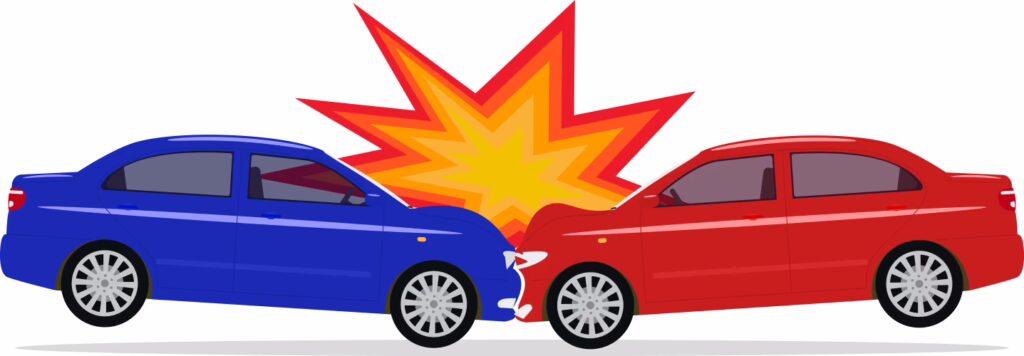
When you hear the word whiplash, you probably picture a sore neck—and you’d be right. A rear-end collision slams your head and neck back and forth in a flash, brutally stretching the surrounding soft tissues. This violent motion causes the strains, sprains, and tears we call whiplash-associated disorders.
But there’s a painful consequence that often flies under the radar: jaw pain, medically known as Temporomandibular Disorders (TMD).
How Whiplash Damages the Jaw
The jaw joint, or Temporomandibular Joint (TMJ), is one of the most unique joints in your body. It’s a complex structure made up of your skull’s socket, your jawbone’s end (the condyle), and a small articular disk that acts like a shock absorber. This specialized joint is what allows you to talk, chew, and even breathe.
During a whiplash event, two things can happen to your jaw:
- Direct Trauma: As your head snaps forward and back, your jaw lags slightly behind the skull. This subjects the delicate TMJ to extreme, rapid forces that can directly injure the joint itself.
- Indirect Pain: Your head, neck, and jaw are all interconnected by a web of muscles and connective tissues. Injuring the neck can easily throw the jaw’s function out of whack, leading to both pain and disability. Think of it like a cervicogenic headache, where neck issues refer pain to the head—the jaw works the same way.
The Startling Numbers
If you’ve been in a car accident and felt jaw pain, you are definitely not alone. Research consistently shows that TMD is a common fallout of traffic collisions:
- A review of hospital records from 2019 to 2023 found that tenderness in the jaw muscles after a crash was reported by 25% of children and adolescents and up to 32.56% of older adults.
- In fact, roughly one in seven patients struggled to open their mouth after a collision.
The Path to Recovery
The good news is that TMD—whether linked to whiplash or not—responds well to treatment. A combination of manual therapies (hands-on treatment) and targeted therapeutic exercises for both the neck and jaw is often the most effective solution.
A compelling case study from March 2023 highlights this approach:
A 39-year-old woman had been living with six months of debilitating, unexplained jaw pain, neck pain, and headaches that hadn’t improved with conventional care. A chiropractor examined her and discovered restricted movement in her neck muscles and spine. By using a combined approach to restore normal motion to both her neck (cervical spine) and her jaw (TMJ), the patient reported a complete resolution of all her symptoms.
This shows that if you’re dealing with jaw pain after an injury, focusing on the neck as well as the jaw can be the key to finding lasting relief.
The Doctors at Corner on Wellness Chiropractic Center at extensive training in Whiplash Associated Disorders and the treatment of TMJ Dysfunction. Call today to schedule a consultation. P:425-485-7507
CONTACT
Better health and wellness is just a click or call away
UPCOMING EVENTS
WIN a Laser Treatment for sharing, referring, or giving a Google Review!
October 1 - October 31OPEN
October 11Indigenous Peoples’ Day
October 13Happy Canadian Thanksgiving!
October 13





